- Call us: 01444 237070
- Contact Us
- Stores
- Sign In / Register
-
- Back
- Used Cameras
- Used Lenses
- Used Video
- Used Film Equipment
- Used Stock Alert
- Used Accessories
- Recently Added Used Equipment
- Used Clearance
- Faulty
- Park Picks
- Sell or Part Exchange
- Trade-In
- Blog
- New in
- Call us
- Contact us
- Stores
- Sign in
- Categories
- Tips & Inspiration
- Reviews
- News
- Events
- Features
- Buying Guides
- Competitions
Nikon Z f Review
Having had the opportunity to shoot with the Nikon Zf for a couple of weeks, it inspired me to pen an updated hands-on Nikon Zf review, offering more detailed insights into this camera when used for photography.
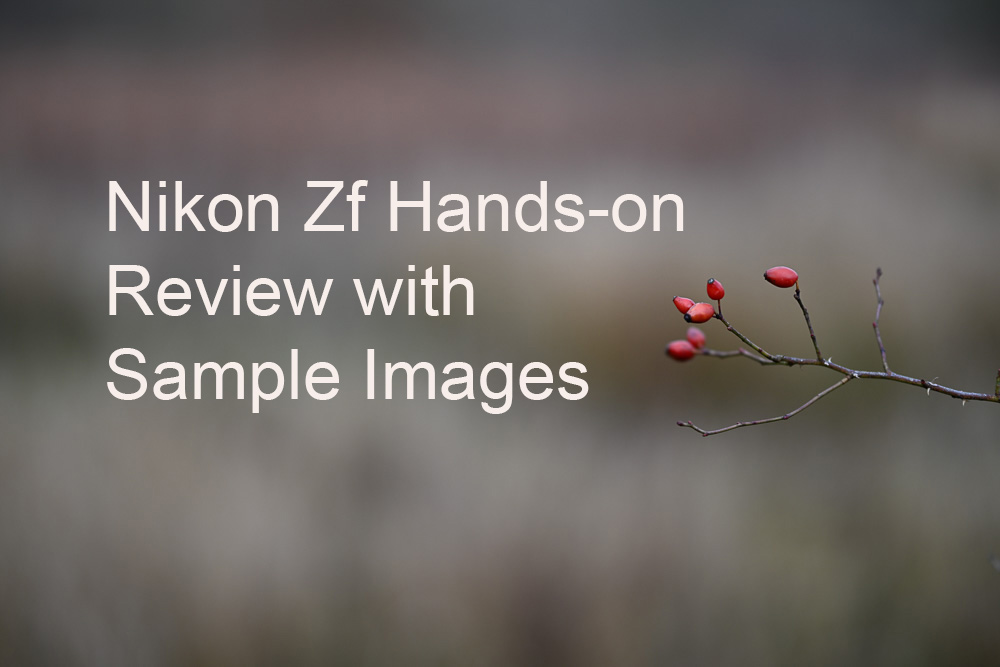
Due to a recent illness, I couldn't embark on planned street photography and portrait sessions, instead, opting to capture family moments at home and local surroundings in our hood.
What initially drew me to the Nikon Zf (or Z f, as it's correctly known) was its gorgeous design, a perfect blend of vintage inspiration and modern materials. Beyond aesthetics, Nikon has incorporated cutting-edge technology into this sleek full-frame mirrorless Z camera body, merging classic looks with contemporary features that are amongst the best in the Z range.
So if you've been contemplating this vintage-style camera for yourself, join us as we delve deeper into its potential to enhance your creativity through its enticing shooting experience.
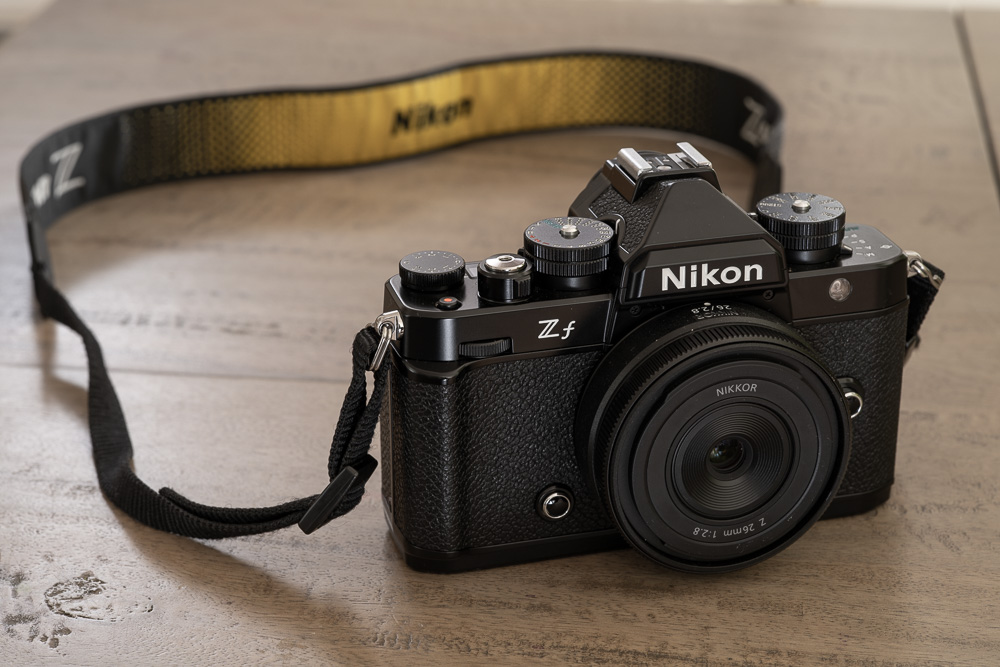
Sample images
The Zf offers a wide range of image recording options including compressed and uncompressed RAW, newly added HEIF and JPG. For this review I decided to shoot RAW+JPG and all of the Nikon Zf sample images are straight out of camera with no edits, showcasing the purest results.
Nikon’s colour science has been beautifully refined for the Z system and I absolutely love the colours you can get straight out of Nikon mirrorless cameras. Whether shooting with the Z7 II, Z6 II, or other models, I've consistently achieved impressive results. If you appreciate more time spent shooting and less time editing, the Zf is a brilliant choice.
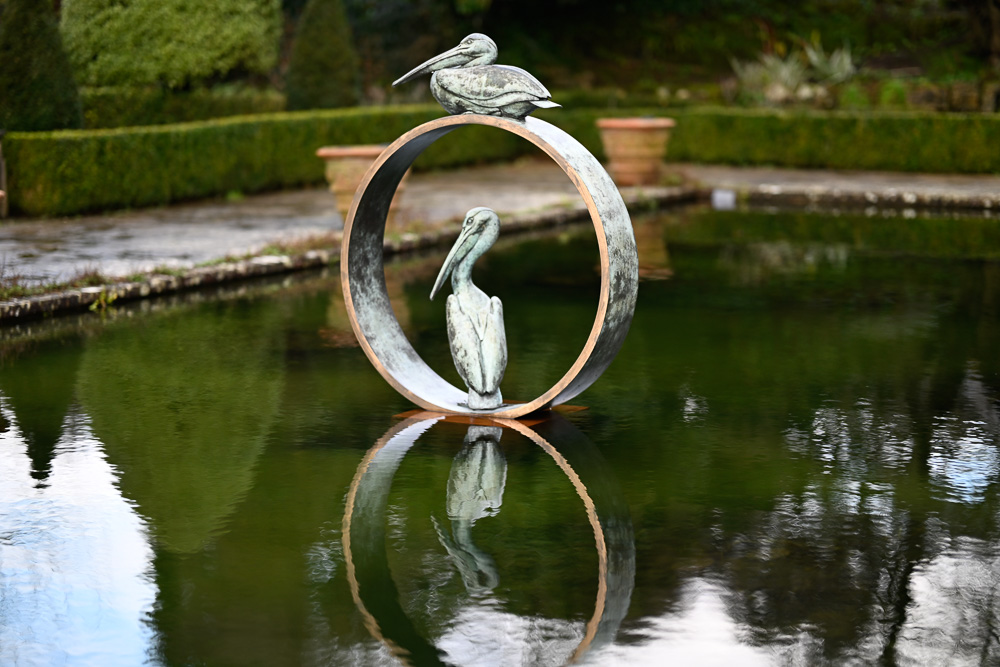
Camera settings: Exposure 1/2000 sec. f/1.2. ISO 220
Nikon Zf key features
The Nikon Zf is a triumph, combining plenty of power with expressive potential, within a compact and lightweight film-era body. The body is robust, having been extensively upgraded on the exterior when compared to the Z fc, whilst porting high-end features from cameras like the flagship Z9. Key features include:
- The latest EXPEED 7 processor
- Robust magnesium alloy parts, artificial leather body and leaf switch shutter release
- Large top control panel and a built-in grip
- Three lockable brass ISO, shutter speed and exposure dials
- Up to 14fps burst in RAW/JPEG Continuous High Extended (30fps for JPEG only)
- New dedicated Black and White Mode sits next to the Stills / Video mode switch
- New black and white picture profiles with Flat monochrome and Deep tone monochrome
- Maximum ISO 64,000 and -10EV AF sensitivity
- Improved AF algorithm with deep learning subject recognition and tracking
- AF tracking of People, Animals, Car, Motorbike, Bicycle, Train, Airplane
- 4K/30p video recording oversampled from 6K, and 4K 60p Super 35 (DX crop)
- New video recording in shutter priority mode
- World’s first focus point VR
- New Pixel Shift shooting
- New rich tone portrait picture control
- New Auto shooting with deep learning technology
- New vari-angle screen – a first for the Z system
- New customisable touch control for the first time on Z system
- New subject detection in MF for manual and legacy Nikon lenses
- Dust and moisture resistance plus a fluorine-coated sensor guard
- Dual MicroSD memory card slots to save space
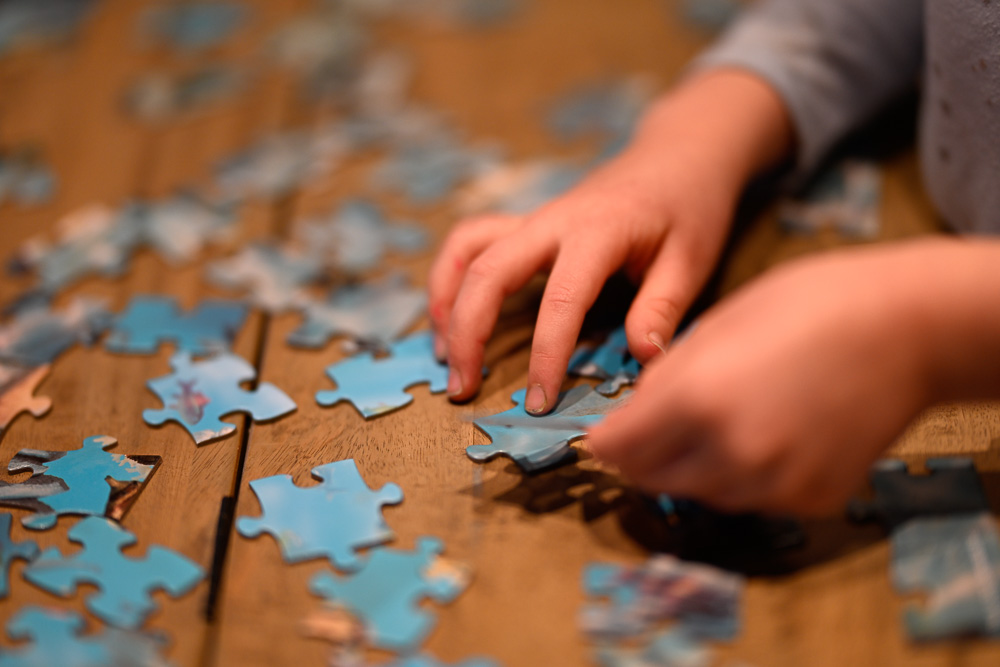
Camera settings: Exposure 1/250 sec. f/1.2. ISO 500
Manual mode with Auto ISO in the Nikon Zf
With brass dials for ISO, shutter speed and exposure compensation, I found that shooting in Manual mode with Auto ISO offered me the most immersive dial-based experience. In Manual mode, the user selects aperture, shutter speed and exposure comp values, while Auto ISO adjusts ISO settings in response to lighting changes.
It only takes 10 minutes to learn manual photography, after which Auto ISO offers an intuitive and fast way to work, taking some of the legwork out of pure manual shooting. Exposure compensation is equally useful, with single dial adjustment helping to shape the final results. Thankfully Nikon has a dedicated exposure comp dial, which is a necessity when working in this way.

Nikon Zf Ergonomics and usability
The primary appeal of the Nikon Zf lies in its dial-based design, allowing for seamless adjustments without needing to take your eyes from the EVF. Even when using the LCD, one-handed settings adjustments were straightforward, albeit slightly less fast than when using the viewfinder.
For the first time in a Nikon camera you have the ability to lock off the dials and adjust the same settings via the camera body if you choose, as well as use custom touch control. This works by assigning custom functions to mapped areas of the LCD screen, enabling you to activate functions with a tap, while keeping your eye on the EVF.
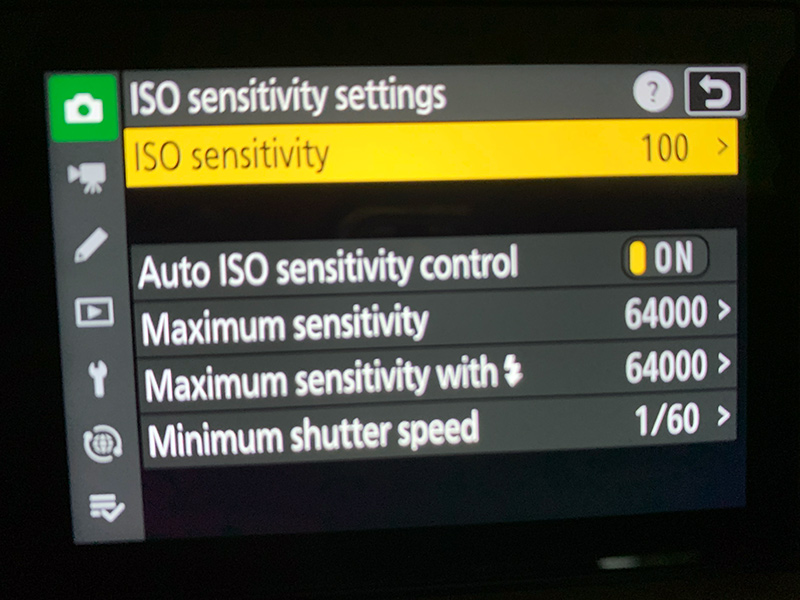
How to Use Auto ISO in the Nikon Zf
At around 700g, the camera body has a lot more heft than the Z fc. It’s made from magnesium alloy, features brass dials, and has a thicker body, which is slightly easier to grip. That being said, you may still prefer using the Smallrig Grip for Z f Cameras, which offers enhanced grip and Arca-Swiss type dovetail for mounting on a tripod or gimbal stabiliser. I attached the included neck strap and was very happy to shoot with the Zf body as it was, which is reminiscent of a 35mm film camera with a slimmer profile.
Is the Nikon Z f camera too heavy? Absolutely not, it feels solid, sits comfortably in the hand and balanced perfectly with the Z 26mm f/2.8 lens, which I was also reviewing.
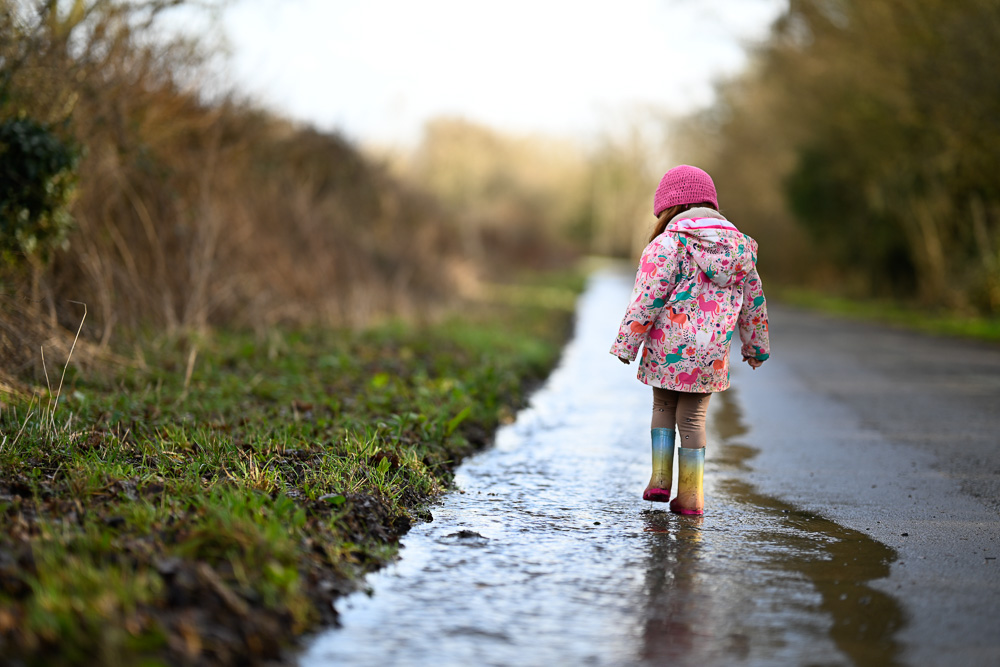
Camera settings: Exposure 1/2000 sec. f/1.2. ISO 100
EVF and LCD screens
The Zf includes the first rotatable touchscreen vari-angle LCD in a full-frame Nikon Z camera, along with a 3.68M dot EVF. While the viewfinder was very clear, occasional lag was noticeable. This isn’t unique to this camera by any means, and was a minor drawback in an otherwise excellent shooting experience.
A third small screen on the camera's top plate displays the current aperture value when the camera is powered on. This feature is not only practical but also adds a unique visual element to the camera's design.
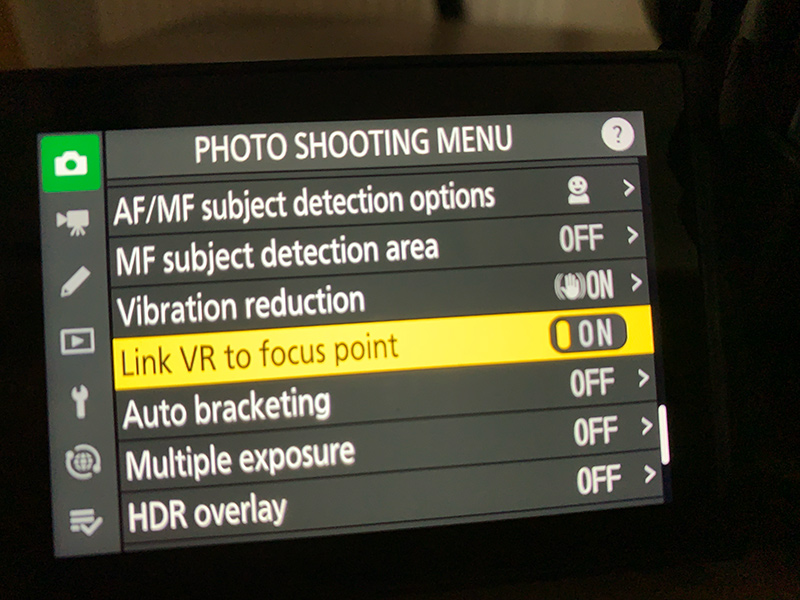
Image stabilisation
For the duration of this review the Nikon Zf was set to ‘Link VR to focus point’, which is a world first image stabilisation feature introduced in this model. Through this, Nikon has devised an effective means to provide the sharpest results where most needed – at the point of focus.
The camera did a great job of stabilising while shooting handheld, even in extremely low light. Results remained consistently sharp even when shooting at speeds as slow as 1/60 second, although I didn't go below this shutter speed to account for subjects in motion.
If you shoot handheld on a regular basis the Zf offers impressive stabilisation, which compares favourably with the best from any system and will help you shoot at slower speeds. It should be noted that the Link to focus point feature only works with own-brand Nikon lenses rather than third party models.
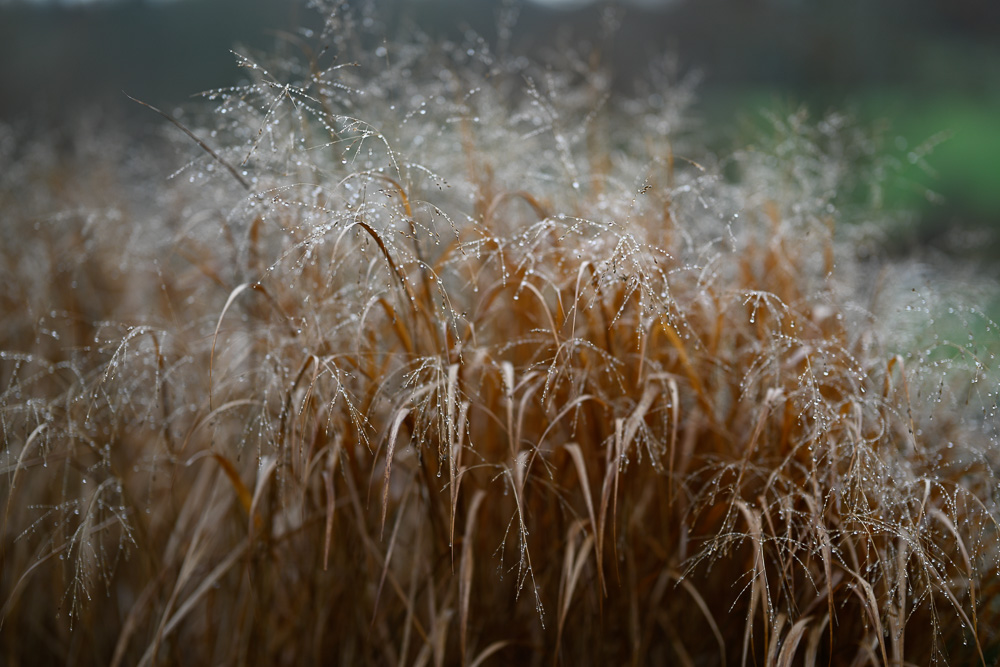
Camera settings: Exposure 1/2000 sec. f/1.2. ISO 2000
Powerful AF system
One of the key advantages for Nikon Zf users is the sophisticated AF tracking performance, which draws on deep learning and the EXPEED processor. A large 89% x 95% area is covered with 299 AF points, which can also be custom set in wide area patterns.
The upgraded AF system recognises a broad range of subjects including people, animals and vehicles. Both human and animal eyes and faces are tracked, as well as the whole body or torso, when the face or eyes are not visible.
Whichever subjects you capture the Nikon Zf is able to more precisely focus, track and achieve sharp results in a range of lighting conditions, including when they are backlit. The table below compares popular Nikon cameras, which are best known for delivering advanced AF performance.
|
|
Area coverage |
AF points |
|
80% x 80% |
81 point |
|
|
89% x 96% |
299 point |
|
|
78% x 83% |
405 point |

Camera settings: Exposure 1/2000 sec. f/1.2. ISO 100
In use, the autofocus (AF) was generally responsive and precise, especially for human subjects. However, I encountered some challenges with the animal detection feature, particularly when trying to focus on a robin. The camera lacks a specific bird detection setting, and it struggled to pinpoint the bird among the branches. I found myself needing to get closer than usual and manually adjusting the focus several times before the camera successfully locked on.
It’s possible the camera struggled due to the Nikon Z 85mm f/1.2 S Lens’ razor thin focal plane which was set to f/1.2, or perhaps there was too much foliage. Nikon added bird detection via firmware upgrades to the Z8 and Z9 and will hopefully do the same for the Zf at some point in the future, which will help distinguish birds from busy backgrounds.
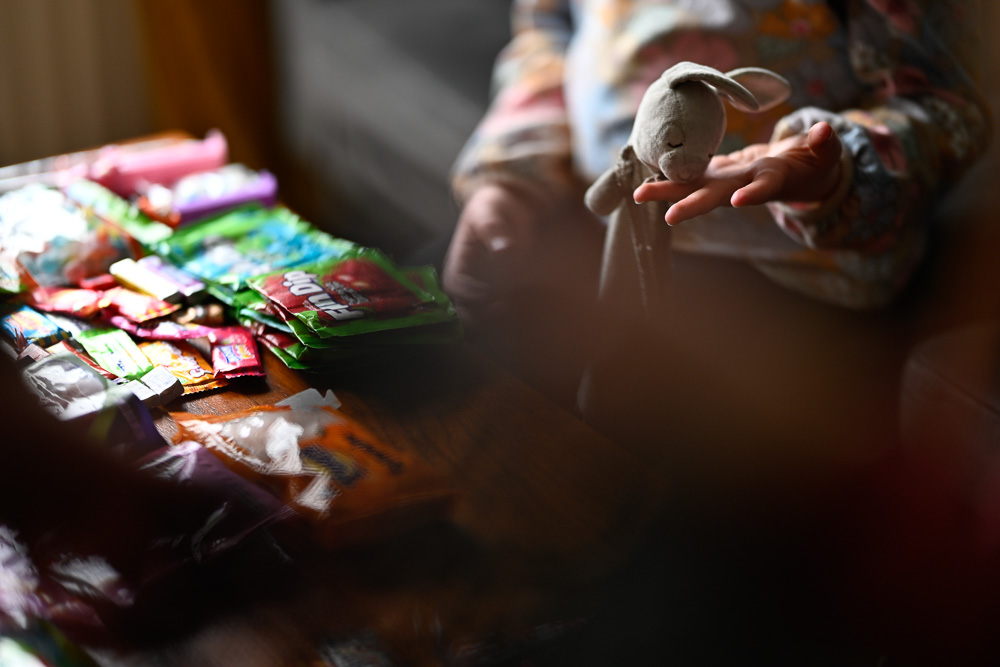
Camera settings: Exposure 1/250 sec. f/1.2. ISO 500
Dedicated photography features
The Zf is a true hybrid camera, and packs a series of new and innovative photography features including:
- Pixel Shift shooting arrives as a first, which captures RAW images that are automatically merged on your computer once imported to NX Studio, resulting in high-definition files for export. This is currently only available when shooting from a tripod rather than handheld, which favours stationary subjects such as architecture, interiors and stills life.
- Nikon has extended the Z f’s features for Black and white photography, with a dedicated mode on the control switch, as well as three picture profiles to choose between, all of which generate unique styles straight out of camera. Joining existing Monochrome is a new Flat monochrome and Deep tone monochrome profile. Flat monochrome is a great choice for soft warm portraits, while deep tone monochrome lends itself to natural looking landscapes, with darker skies, dark tones and good shadow detail.
- Nikon’s new subject detection in MF is a unique feature for photographers who have, or want to invest in manual focus, or legacy Nikon lenses. The lens must have electronic contacts, which enables the camera to pick up the subject’s eyes, and immediately zoom into focus.
- Although not new, Nikon’s pre-release capture has only recently been introduced with a Z9 firmware update, putting the Z f up there amongst Nikon’s pro line-up. Pre release records up to 1 second before and 4 seconds after the shutter is fully pressed, helping you to absolutely nail the precise moment every time, even when you thought you missed it.
- Joining a range of portrait modes is a new Rich Tone Portrait setting, which helps suppress white clipping by retaining detail, for greater post processing latitude. I shot using this mode on a number of occasions and found it performed well as expected.
- Deep learning has been utilised in new advanced Auto shooting, which judges stills scenes through metering, lens selection and motion detection. This provides better results when shooting in Auto, with more keepers and less misses.
- The Nikon Zf is very good for astrophotography, with class leading -10EV autofocus sensitivity, Starlight view and a high maximum ISO 64,000, surpassing many other models for night photography.

Camera settings: Exposure 1/500 sec. f/1.2. ISO 500
Is the Nikon Z f camera good for video?
The Nikon Z f camera is extremely good for video and joins the Z system as a true hybrid for both stills and moviemaking. Thanks to the EXPEED 7 processor you can capture 4K 30p oversampled from 6K, 4K 60p in Super35 (DX), plus Full HD 120p for slow motion playback.
Filmmakers can choose whether to record in highly compressed 8-bit or more flexible 10-bit using SDR, HLG or N-Log profiles, and this is the first Z camera to support all setting controls when recording in Shutter Priority mode.
Despite its compact size, the Z f will record 4K in 30p and 60p for up to 125 minutes, which is equivalent to pro Nikon mirrorless cameras, and ample for most situations.
There are numerous video features such as a red REC border, focus peaking and zebra stripes, ensuring this is the perfect camera for serious moviemaking as well as causal or beginner video creators. Furthermore, Nikon includes 24-bit linear PCM audio recording for the highest possible sound quality when combined with a suitable external video mic.
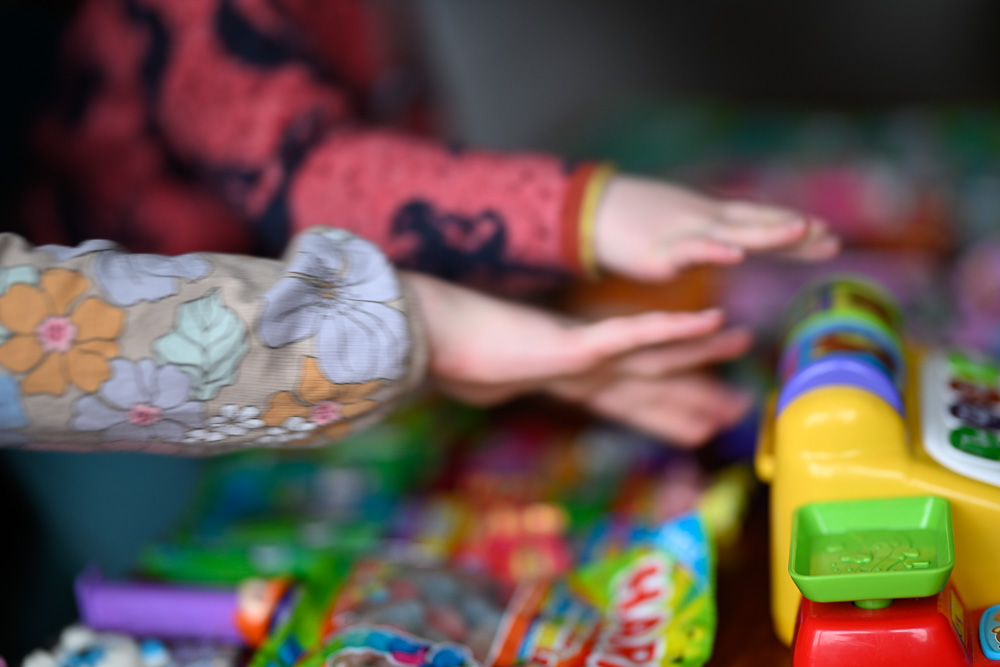
Camera settings: Exposure 1/250 sec. f/1.2. ISO 220
Does gear make you a better photographer?
When I look at the Nikon Zf, I see a beautiful tactile design, which inspires me to pick it up. Developing a connection with your equipment is likely to encourage more shooting, ultimately contributing to becoming a better photographer. So in this respect, the Zf will make you a better photographer!
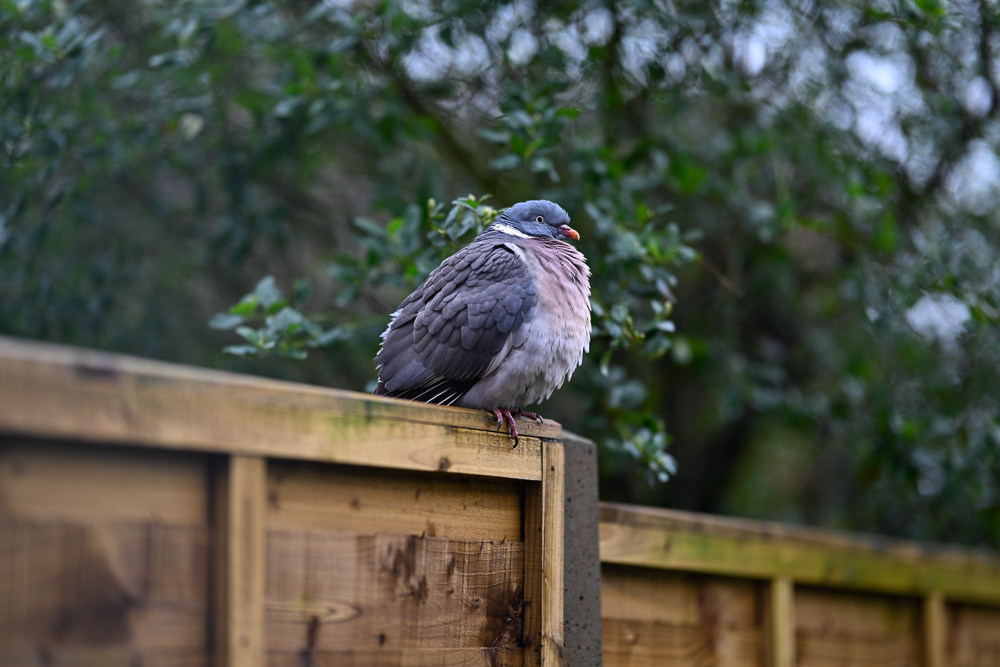
Camera settings: Exposure 1/500 sec. f/1.2. ISO 110
Zf camera lens kits
Alongside the body-only, Nikon has released three lens kits with a zoom and two primes depending on your needs and content style.
- Nikon Z f Camera with Z 24-70mm f/4 S Lens Kit – the only zoom kit offers versatility with a popular focal range for all manner of shooting styles
- Nikon Z f Camera with Z 40mm f/2 SE Lens Kit this kit is designed to cater for natural-looking subjects, with a field of view similar to the human eye
- Nikon Z f Camera with Z 28mm f/2.8 SE Lens Kit combines a wide angle prime with the body, for vlogging, landscapes, street and more
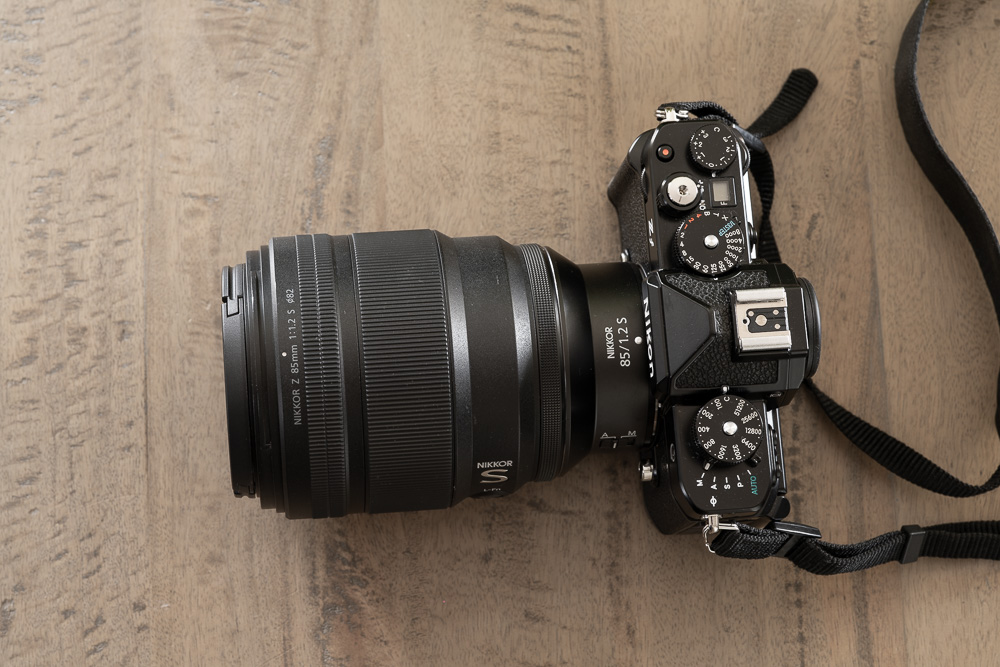
Nikon Zf with Z 85mm f/1.2 S lens, which was used for the majority of the review sample images
Best accessories for the Zf camera
As a hybrid model, you can choose the best accessories for the Z f camera according to the stills and video subjects you most like to capture. This camera also bucks the trend by using microSD cards, which means that might need to stock up on one or two high capacity cards, such as the SanDisk 128GB Extreme 190MB/S A2 UHS-I MicroSDXC Card With SD Adapter.
You can add an external video microphone to suit the type of content you create, which might be anything from a wireless DJI Mic (2Tx + 1Rx) for vlogging or interviews, to the Rode VideoMicro II Compact On-Camera Microphone for compact directional recording.
For supplemental lighting a Nikon SB R200 Speedlight can be adopted into your creative lighting system alongside any compatible Nikon fit flash, such as the Speedlight SB-700.
Given the choice, this is undoubtedly the camera I would choose to bring for everyday photography. Its striking appearance, immersive shooting experience, and excellent performance make it a dream to shoot with, and I’m sad to have to send it back.
The Zf picks up where the Nikon Z fc left off, and is a unique full-frame mirrorless camera, which successfully combines an exterior reminiscent of film cameras, with cutting edge technology on the inside. It brings numerous firsts to the Z system, with comprehensive features aimed at creating the most compelling content and enjoyable shooting experience for both stills and videos.
Shop for your Nikon Z f Mirrorless Camera Body today, or choose the Z f with Z 24-70mm f/4 S Lens for a versatile kit, and discover the amazing content you can create with this powerful mirrorless camera.
If you’re upgrading from a Z fc or other model why not grab a free trade-in quote for your camera, and use the money to offset against the cost of the all new Z f.
Share this post:
By Nick Dautlich on 13/02/2024

Trade in your old equipment
Fast and easy trade in service ensures your old gear is collected efficiently and you are paid quickly! It's very simple to trade in your unwanted photography gear. Just head over to our dedicated Sell or Part Exchange page, fill out the details, and we'll get back to you with an offer for your old gear. Take the cash, or put it towards the cost of your new gear. It's up to you! Find out more
sign up to the newsletter
Keep up to date on the latest photography news, events and offers. Sign up now
